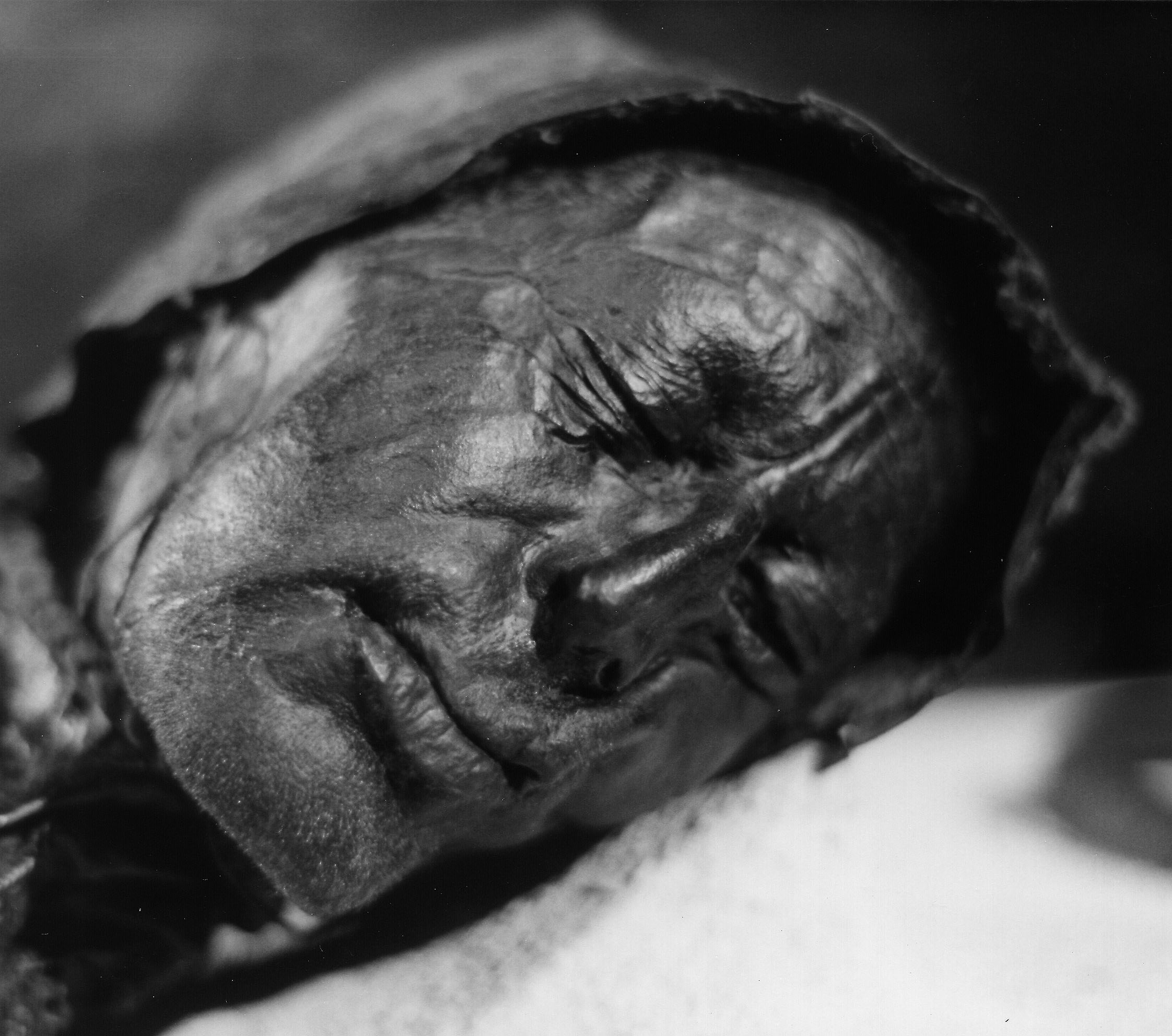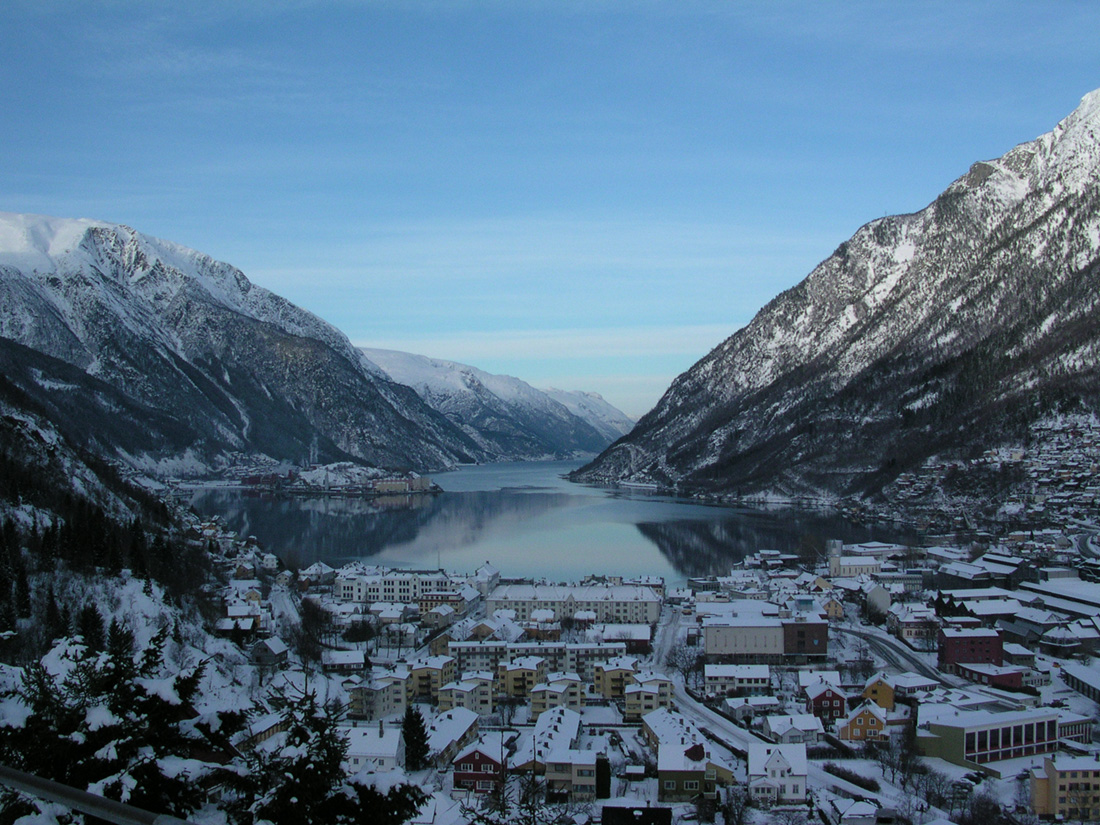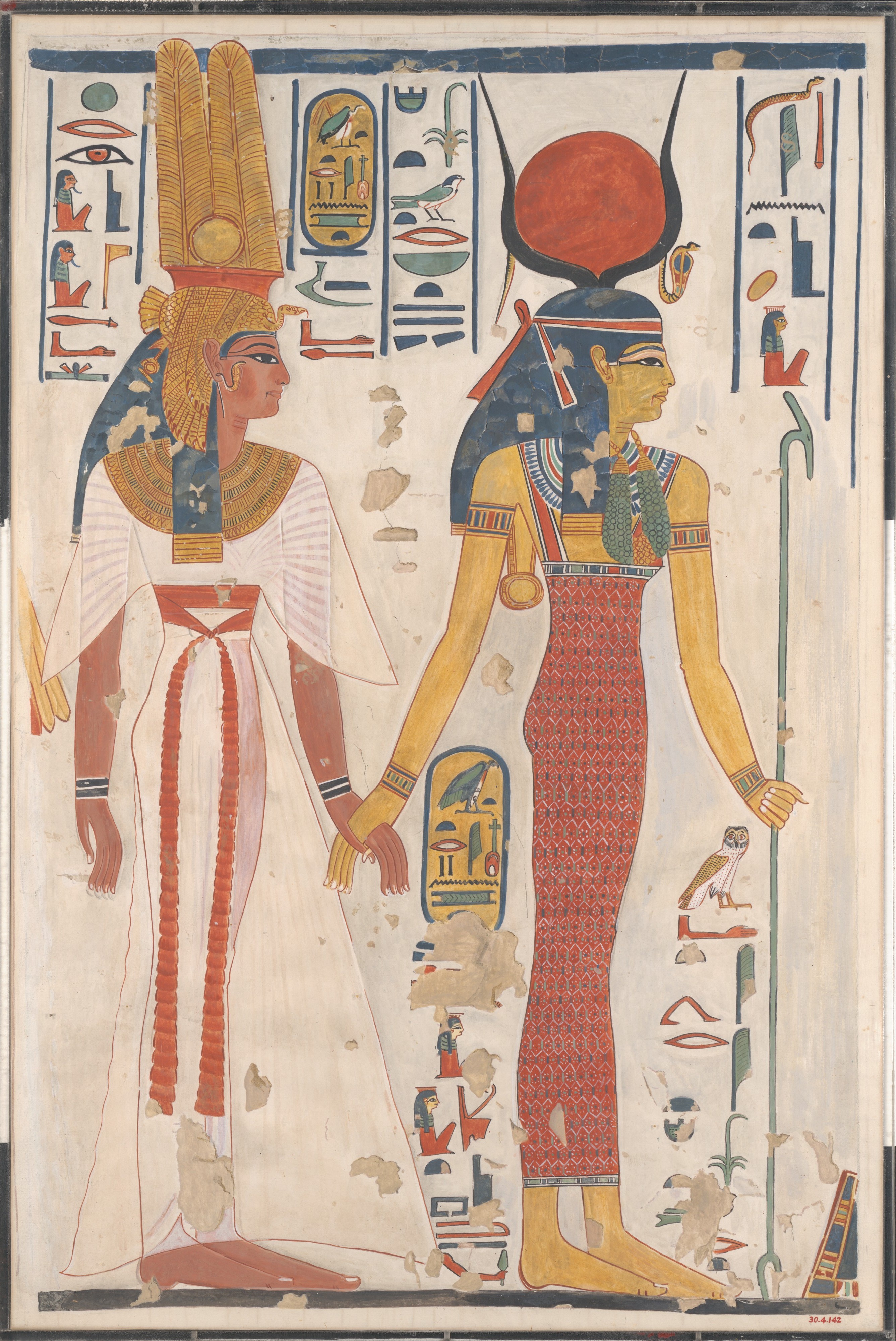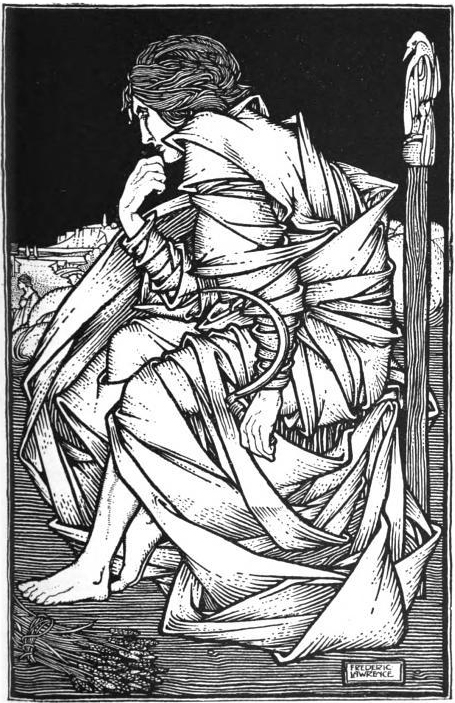|
Nerthus
In Germanic paganism, Nerthus is a goddess associated with a ceremonial wagon procession. Nerthus is attested by first century A.D. Roman historian Tacitus in his ethnographic work ''Germania''. In ''Germania'', Tacitus records that a group of Germanic peoples were particularly distinguished by their veneration of the goddess. Tacitus describes the wagon procession in some detail: Nerthus's cart is found on an unspecified island in the "ocean", where it is kept in a sacred grove and draped in white cloth. Only a priest may touch it. When the priest detects Nerthus's presence by the cart, the cart is drawn by heifers. Nerthus's cart is met with celebration and peacetime everywhere it goes, and during her procession no one goes to war and all iron objects are locked away. In time, after the goddess has had her fill of human company, the priest returns the cart to her "temple" and slaves ritually wash the goddess, her cart, and the cloth in a "secluded lake". According to Tacitus, ... [...More Info...] [...Related Items...] OR: [Wikipedia] [Google] [Baidu] |
Nerthus By Emil Doepler
In Germanic paganism, Nerthus is a goddess associated with a ceremonial wagon procession. Nerthus is attested by first century A.D. Roman historian Tacitus in his ethnographic work ''Germania (book), Germania''. In ''Germania'', Tacitus records that a group of Germanic peoples were particularly distinguished by their veneration of the goddess. Tacitus describes the wagon procession in some detail: Nerthus's cart is found on an unspecified island in the "ocean", where it is kept in a Sacred trees and groves in Germanic paganism and mythology, sacred grove and draped in white cloth. Only a priest may touch it. When the priest detects Nerthus's presence by the cart, the cart is drawn by :wikt:heifer, heifers. Nerthus's cart is met with celebration and peacetime everywhere it goes, and during her procession no one goes to war and all iron objects are locked away. In time, after the goddess has had her fill of human company, the priest returns the cart to her "temple" and slaves rituall ... [...More Info...] [...Related Items...] OR: [Wikipedia] [Google] [Baidu] |
Germanic Paganism
Germanic paganism or Germanic religion refers to the traditional, culturally significant religion of the Germanic peoples. With a chronological dating, chronological range of at least one thousand years in an area covering Scandinavia, the British Isles, modern Germany, the Netherlands, and at times other parts of Europe, the beliefs and practices of Germanic paganism varied. Scholars typically assume some degree of continuity between the beliefs and practices of the Roman era and those found in Norse paganism, as well as between Germanic religion and reconstructed Indo-European religion and post-conversion folklore, though the precise degree and details of this continuity are subjects of debate. Germanic religion was influenced by neighboring cultures, including that of the Celts, the Roman people, Romans, and, later, by Christianity. Very few sources exist that were written by pagan adherents themselves; instead, most were written by outsiders and can thus present problems for ... [...More Info...] [...Related Items...] OR: [Wikipedia] [Google] [Baidu] |
Njörðr
In Norse mythology, Njörðr (Old Norse: ) is a god among the Vanir. Njörðr, father of the deities Freyr and Freyja by Sister-wife of Njörðr, his unnamed sister, was in an ill-fated marriage with the goddess Skaði, lives in Nóatún (mythology), Nóatún and is associated with the sea, seafaring, wind, fishing, wealth, and crop fertility. Njörðr is attested in the ''Poetic Edda'', compiled in the 13th century from earlier traditional sources, the ''Prose Edda'', written in the 13th century by Snorri Sturluson, in euhemerized form as a beloved mythological early king of Sweden in ''Heimskringla'', also written by Snorri Sturluson in the 13th century, as one of three gods invoked in the 14th century ''Hauksbók'' Almáttki áss, ring oath, and in numerous Scandinavian toponymy, place names. Veneration of Njörðr survived into the 18th or 19th century Norway, Norwegian folk practice, where the god is recorded as Njor and thanked for a bountiful catch of fish. Njörðr has ... [...More Info...] [...Related Items...] OR: [Wikipedia] [Google] [Baidu] |
Sister-wife Of Njörðr
In Norse mythology, the sister-wife of Njörðr is the unnamed twin sister and wife of the god Njörðr, with whom he is described as having had the (likewise incestuous) twin children Freyr and Freyja. This shadowy goddess is attested to in the '' Poetic Edda'' poem '' Lokasenna'', recorded in the 13th century by an unknown source, and the '' Heimskringla'' book ''Ynglinga saga'', a euhemerized account of the Norse gods composed by Snorri Sturluson also in the 13th century but based on earlier traditional material. The figure receives no further mention in Old Norse texts. The situation is further complicated in that narratives describing the birth of Freyr and Freyja contradictorily cite the birth of the siblings occurring either after or before Njörðr left Vanaheimr to live among the Æsir. In addition, Freyr is referred to as the "son" of Njörðr and the goddess Skaði in the ''Poetic Edda'' poem '' Skírnismál''. In his first-century work ''Germania'', Tacitus descri ... [...More Info...] [...Related Items...] OR: [Wikipedia] [Google] [Baidu] |
Sacred Trees And Groves In Germanic Paganism And Mythology
Trees hold a particular role in Germanic paganism and Germanic mythology, both as individuals ( sacred trees) and in groups (sacred groves). The central role of trees in Germanic religion is noted in the earliest written reports about the Germanic peoples, with the Roman historian Tacitus stating that Germanic cult practices took place exclusively in groves rather than temples. Scholars consider that reverence for and rites performed at individual trees are derived from the mythological role of the world tree, Yggdrasil; onomastic and some historical evidence also connects individual deities to both groves and individual trees. After Christianisation, trees continue to play a significant role in the folk beliefs of the Germanic peoples. Terminology The pagan Germanic peoples referred to holy places by a variety of terms and many of these terms variously referred to stones, groves, and temple structures. From Proto-Germanic , a masculine noun, developed Old Norse meaning 'alt ... [...More Info...] [...Related Items...] OR: [Wikipedia] [Google] [Baidu] |
Goddess
A goddess is a female deity. In some faiths, a sacred female figure holds a central place in religious prayer and worship. For example, Shaktism (one of the three major Hinduism, Hindu sects), holds that the ultimate deity, the source of all reality, is Mahadevi (Supreme Goddess) and in some forms of Tantric Shaivism, the pair of Shiva and Shakti are the ultimate principle (with the goddess representing the active, creative power of God). Meanwhile, in Vajrayana, Vajrayana Buddhism, ultimate reality is often seen as being composed of two principles depicted as two deities in union (Yab-Yum, yab yum, "father-mother") symbolising the non-duality of the two principles of perfect wisdom (female) and skillful compassion (male). A single figure in a monotheistic faith that is female may be identified simply as god because of no need to differentiate by gender or with a diminutive. An experiment to determine the effect of psychedelics on subjects composed of leaders from diverse religio ... [...More Info...] [...Related Items...] OR: [Wikipedia] [Google] [Baidu] |
Njörun
In Norse mythology, Njörun (Old Norse: ''Njǫrun'' , sometimes modernly anglicized as ''Niorun'') is a goddess attested in the ''Prose Edda'', written in the 13th century by Snorri Sturluson, and various kennings (including once in the ''Poetic Edda''). Scholarly theories concerning her name and function in the pantheon include etymology, etymological connections to the Norse god Njörðr and the Roman goddess Nerio, and suggestions that she may represent Jörð, the earth or be the unnamed sister-wife of Njörðr. Attestations Njörun is listed (after Hjúki and Bil, Bil) as an Áss, ásynja within the ''Prose Edda'' book ''Skáldskaparmál''. No further information other than her name is provided there.Faulkes (1995:157). In addition, the name occurs in kennings for women in poetry by Kormákr Ögmundarson, Hrafn Önundarson and Rögnvaldr Kali as well as in ''Krákumál'' and verses in ''Íslendinga saga'', ''Njáls saga'' and ''Harðar saga''.Finnur Jónsson (1931:429). ''Eld-N ... [...More Info...] [...Related Items...] OR: [Wikipedia] [Google] [Baidu] |
Dejbjerg Wagon
The Dejbjerg wagon (Danish ''Dejbjergvognen'') is a composite of two ceremonial wagons found in a peat bog in Dejbjerg near Ringkøbing in western Jutland, Denmark. These votive deposits were dismantled and ritually placed in the bog around 100 BCE. As of 2022, the wagon is on display at the National Museum of Denmark. Cultural context The two wagons belong to a larger phenomenon of intentional placement of objects in bogs, generally interpreted as sacrifices to gods. The Dejbjerg Wagon was discovered during a period of intense peat bog extraction that occurred in the 19th and 20th centuries, largely by non-archaeologists. These excavations yielded many items dating from the entirety of the prehistoric period but especially from the Iron Age. Many of these objects include everyday items like ceramic vessels and wooden objects, but also more prestigious items, like war booty, the Dejbjerg Wagon, and the Gundestrup Cauldron. In addition to ritually placed objects, bog deposits incl ... [...More Info...] [...Related Items...] OR: [Wikipedia] [Google] [Baidu] |
Germanic Peoples
The Germanic peoples were tribal groups who lived in Northern Europe in Classical antiquity and the Early Middle Ages. In modern scholarship, they typically include not only the Roman-era ''Germani'' who lived in both ''Germania'' and parts of the Roman Empire, but also all Germanic speaking peoples from this era, irrespective of where they lived, most notably the Goths. Another term, ancient Germans, is considered problematic by many scholars since it suggests identity with present-day Germans. Although the first Roman descriptions of ''Germani'' involved tribes west of the Rhine, their homeland of ''Germania'' was portrayed as stretching east of the Rhine, to southern Scandinavia and the Vistula in the east, and to the upper Danube in the south. Other Germanic speakers, such as the Bastarnae and Goths, lived further east in what is now Moldova and Ukraine. The term ''Germani ''is generally only used to refer to historical peoples from the 1st to 4th centuries CE. Different ac ... [...More Info...] [...Related Items...] OR: [Wikipedia] [Google] [Baidu] |
Freyr
Freyr (Old Norse: 'Lord'), sometimes anglicized as Frey, is a widely attested Æsir, god in Norse mythology, associated with kingship, fertility, peace, prosperity, fair weather, and good harvest. Freyr, sometimes referred to as Yngvi-Freyr, was especially associated with Sweden and seen as an ancestor of the Yngling, Swedish royal house. According to Adam of Bremen, Freyr was associated with peace and pleasure, and was represented with a phallus, phallic statue in the Temple at Uppsala. According to Snorri Sturluson, Freyr was "the most renowned of the æsir", and was venerated for good harvest and peace. In the mythological stories in the Icelandic books the ''Poetic Edda'' and the ''Prose Edda'', Freyr is presented as one of the Vanir, the son of the god Njörðr and Sister-wife of Njörðr, his sister-wife, as well as the twin brother of the goddess Freyja. The gods gave him Álfheimr, the realm of the Álfar, Elves, as a teething present. He rides the shining Norse dwarves, ... [...More Info...] [...Related Items...] OR: [Wikipedia] [Google] [Baidu] |
Freyja
In Norse mythology, Freyja (Old Norse "(the) Lady") is a goddess associated with love, beauty, fertility, sex, war, gold, and seiðr (magic for seeing and influencing the future). Freyja is the owner of the necklace Brísingamen, rides a chariot pulled by two cats, is accompanied by the boar Hildisvíni, and possesses a cloak of falcon feathers. By her husband Óðr, she is the mother of two daughters, Hnoss and Gersemi. Along with her twin brother Freyr, her father Njörðr, and her mother ( Njörðr's sister, unnamed in sources), she is a member of the Vanir. Stemming from Old Norse ''Freyja'', modern forms of the name include Freya, Freyia, and Freja. Freyja rules over her heavenly field, Fólkvangr, where she receives half of those who die in battle. The other half go to the god Odin's hall, Valhalla. Within Fólkvangr lies her hall, Sessrúmnir. Freyja assists other deities by allowing them to use her feathered cloak, is invoked in matters of fertility and love, ... [...More Info...] [...Related Items...] OR: [Wikipedia] [Google] [Baidu] |
Etymology
Etymology ( ) is the study of the origin and evolution of words—including their constituent units of sound and meaning—across time. In the 21st century a subfield within linguistics, etymology has become a more rigorously scientific study. Most directly tied to historical linguistics, philology, and semiotics, it additionally draws upon comparative semantics, morphology, pragmatics, and phonetics in order to attempt a comprehensive and chronological catalogue of all meanings and changes that a word (and its related parts) carries throughout its history. The origin of any particular word is also known as its ''etymology''. For languages with a long written history, etymologists make use of texts, particularly texts about the language itself, to gather knowledge about how words were used during earlier periods, how they developed in meaning and form, or when and how they entered the language. Etymologists also apply the methods of comparative linguistics to reconstruct in ... [...More Info...] [...Related Items...] OR: [Wikipedia] [Google] [Baidu] |









